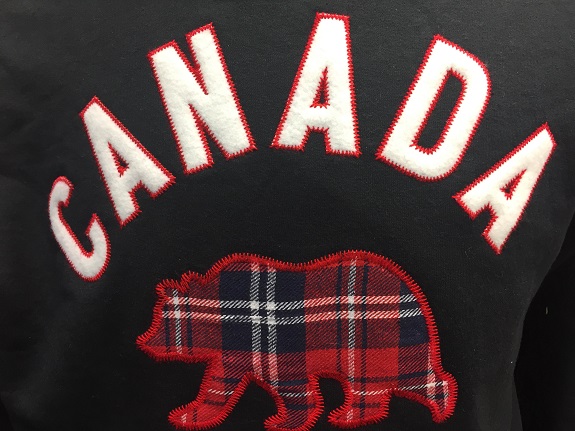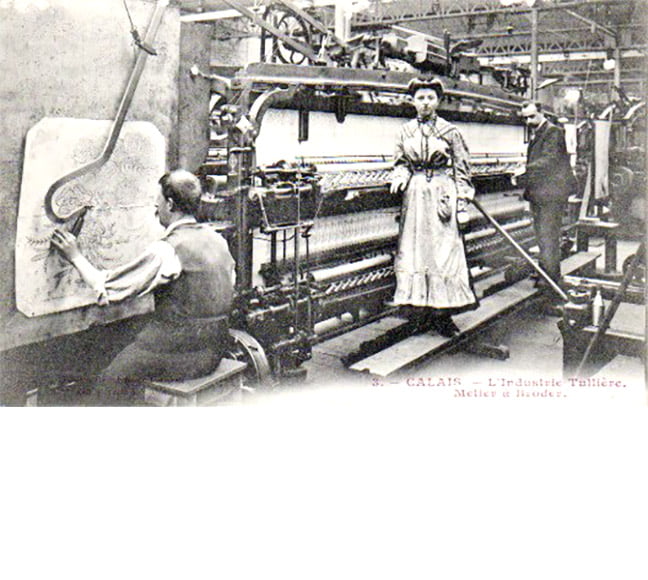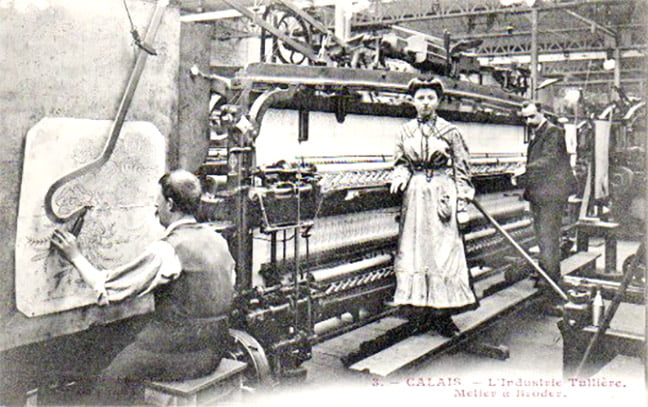Embroidery has been around since the production of fabric began. Nowadays, embroidery is commonplace on all sorts of clothing like hats and sweatshirts. Embroidery is also a great way to promote brands and events or create camaraderie on a team. Back in the day, embroidery was much more of a commodity and used to show wealth and status throughout many cultures. Read on for more embroidery facts and to uncover embroidery’s lengthy history.
Early Days of Embroidering
While embroidery has been practiced all around the world for centuries, it likely originated in China and the Middle East around or before 30,000 BC. Archaeologists have recently found embroidered clothing dating back to this area and time, but embroidery likely was practiced long before. The tombs of Ancient Egyptians contain paintings showing lavishly decorated couches, beds and tapestries which appear to be embroidered. The Ancient Greeks also favoured embroidery, with many paintings depicting quilted garments being worn in battle as a sort of armour.
The earliest surviving embroidery dates back to around 400 BC. This embroidery was created by a group of nomads called the Scythians who inhabited what is now known as the Middle East. The Scythians are known for their lavish needlework and extravagant designs. One more recent but very notable example of surviving embroidery comes from 17th-century China. During the Qing dynasty, robes were embroidered for the emperor using gold or metallic thread. These robes featured very intricate embroidery depicting a five clawed dragon and various other meaningful symbols. These robes are some of the most famous examples of embroidery in history and have long been regarded for their beauty and complexity.

Before the printing press was commonplace, embroidery was often used for books. This is an embroidered book cover made by Elizabeth I before she ascended the throne.
Until the mid 19th century, all embroidery was done by hand. This added to its luxurious nature, as one simple design could take hours to create. However, that all began to change with the introduction of the hand embroidery machine in 1828. The hand embroidery machine while efficient was very difficult to operate. Running the machine involved using a hand crank to guide fabric above and below a series of needles. These
needles ran using paper tape with holes punched in it which ran through the machine. Most of these machines were used in the home and designed to be operated bytwo people.
Shortly after the invention of the hand embroidery machine, the first multi-head embroidery machine was invented in 1911. This allowed the operator to produce several pieces of embroidery at once. Despite this innovation, it wasn’t until the 1950s that embroidery machines became common, and not until much later that they became computer run. The first modern embroidery machine was developed in 1980. Soon after, computer programs were created to “digitize” design files into stitches that could be run on the early embroidery machines. This is the same process we use to embroider today. Although some more modern adaptations to the original 1980s design include more needles per head, faster stitch capability and so on.

An early example of the embroidery machine in about 1890.
Modern Embroidery at GetBOLD
Since the 1990s, machine embroidery has become widely popular for both corporate and personal use. While embroidery may look different today than its ancient counterparts, it serves much of the same purpose. Embroidery will always be a popular and stylish way to decorate textiles with personalized images, designs, or logos. Start customizing your garments with embroidery today with the help of our embroidery experts at GetBold.




